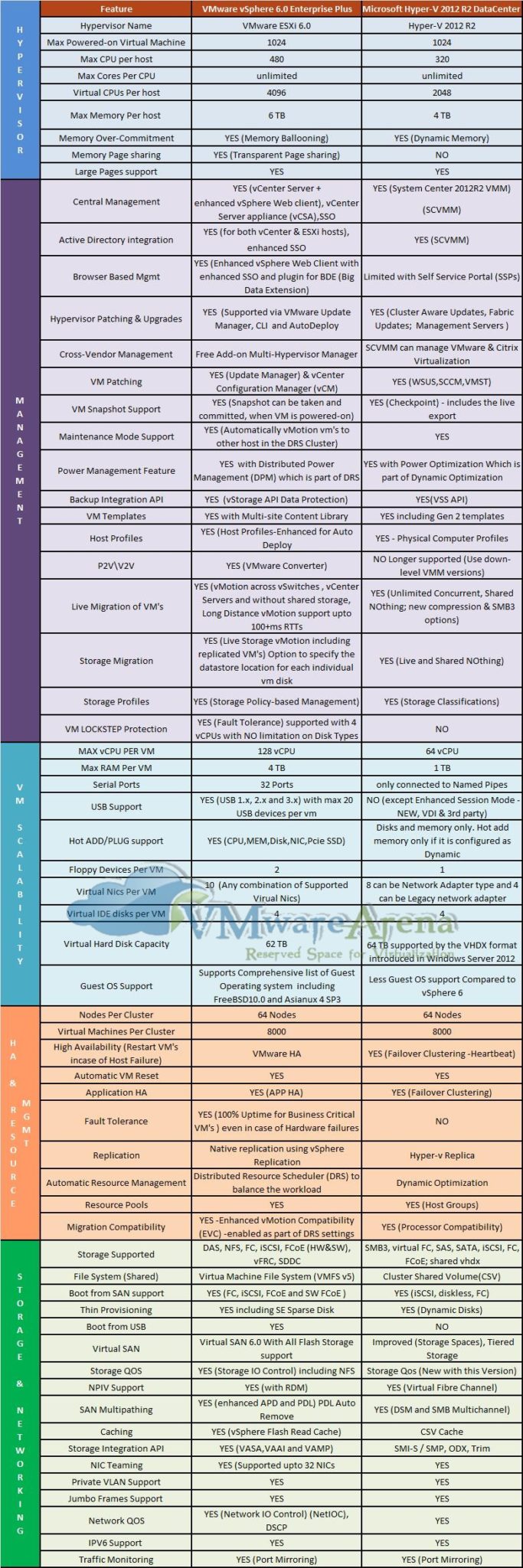Enterprise Vs Datacenter Edition


My most important sources can be found here:, I'm giving you a summary of the most important parts*. Let me first start with the definition of an Instance, which is a set of installed files that make up the OS and the application. A VHD file that includes an installed version of Windows 2008 Server with Exchange 2007, has one Windows 2008 Server instance and one Exchange 2007 instance. The easy part, the number of licenses needed for virtual Windows Servers Let's look at some basics on physical and virtual licenses.
Torrent George Harrison My Sweet Lord. A Windows 2008 Standard Server license allows you to run one physical and one virtual instance of Windows 2008 Standard Server. A Windows 2008 Enterprise Server license allows you to run one physical instance of Windows 2008 Enterprise Server and four free virtual instances of Windows 2008 Enterprise Server. These virtual licenses, however,cannot be split.
With Windows 2008 Datacenter edition, you are allowed to run as many virtual instances as you can on the CPU that has been licensed with Datacenter edition. With all three license models, it is not important which hypervisor you want to use. The physical license is assigned to the hardware, whether it is VMware ESX or Hyper-V or XenServer you have running on it. An example: We have three hosts, each with two physical quad core CPUs. We have 14 virtual machines that we would like to run on these three hosts. Host1 and host2 will each be running four VMs, host3 will be running six VMs.
The Essential Work Experience Handbook Arlene Douglas. Possible scenarios in which I don't care about prices, it is just to show you how to correctly license this environment. Scenarios: 1) With Windows 2008 Standard licensing, you would need three Windows 2008 Standard licenses to assign to the physical host and they would give you the right to also run one virtual instance for free on each host, which leaves you buying another 11 Windows 2008 Standard licenses. Audemars Piguet Royal Oak Offshore Alinghi Polaris Limited Edition Price on this page. From these extra licenses you can only use the virtual license, since you're not allowed to run the physical license on one and the virtual license on another host.
2) Using Windows 2008 Enterprise licenses, you would buy one Enterprise license for host1 and one for host2. These two enterprise licenses will cover both physical hosts and the four virtual instances running on each host. For host3 you need two Enterprise licenses which will cover eight virtual instances, although you will only have six virtual instances running on that host. Those two unused free instances cannot be reclaimed on another host. In fact, if host1 was running four VMs and host2 and host3 where each running five VMs, you would need a total of five Enterprise licenses, which would leave host2 and host3 each with three unused free licenses. 3) When buying Datacenter edition licenses, you only have to think of the physical CPUs per host. In this case that would be six CPUs that have to be licensed.
Guide to Windows Server Editions and Licensing. You can use this guide to find the Windows Server edition and. The Standard and Datacenter editions of. Aug 30, 2012 What is the difference between Enterprise Core Edition and Enterprise Edition? SQL Server >SQL Server Setup & Upgrade. Review Microsoft SQL Server licensing and. The Enterprise edition offers all. Easily upgrade to Enterprise edition for comprehensive high-end datacenter.
The number of cores is not important. Licensing Live Migration and VMotion This first example wasn't too difficult, was it? Now for a more interesting part, how to handle Live Migration or VMotion. Actually, that isn't too difficult either; it just requires some planning.
The easiest way to grasp the concept is to see the virtual instance licenses as slots that allow you to run VMs on that piece of hardware. You must always make sure that all VMs on that host are covered by physical licenses. The most important piece is that you cannot transfer those physical licenses to another host in the same way you do a Live Migration. In general, as a Microsoft Volume Licensing customer, you may reassign software licenses for products in the Microsoft Servers licensing models, but not on a short-term basis. 'Short-term basis' means more frequently than within 90 days of the last assignment (or reassignment). You may, however, reassign software licenses sooner if you retire the server sooner due to permanent hardware failure.